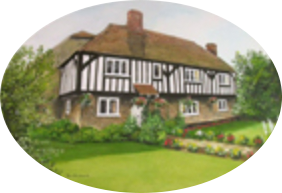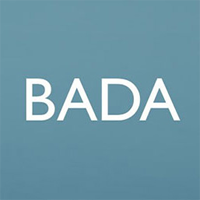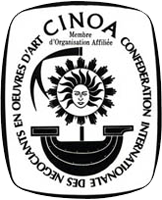George III Silver 'Hare in Reeds' Vinaigrette - Thomas Bewick
SAMUEL PEMBERTON, Birmingham 1809
Photo 1 of 14
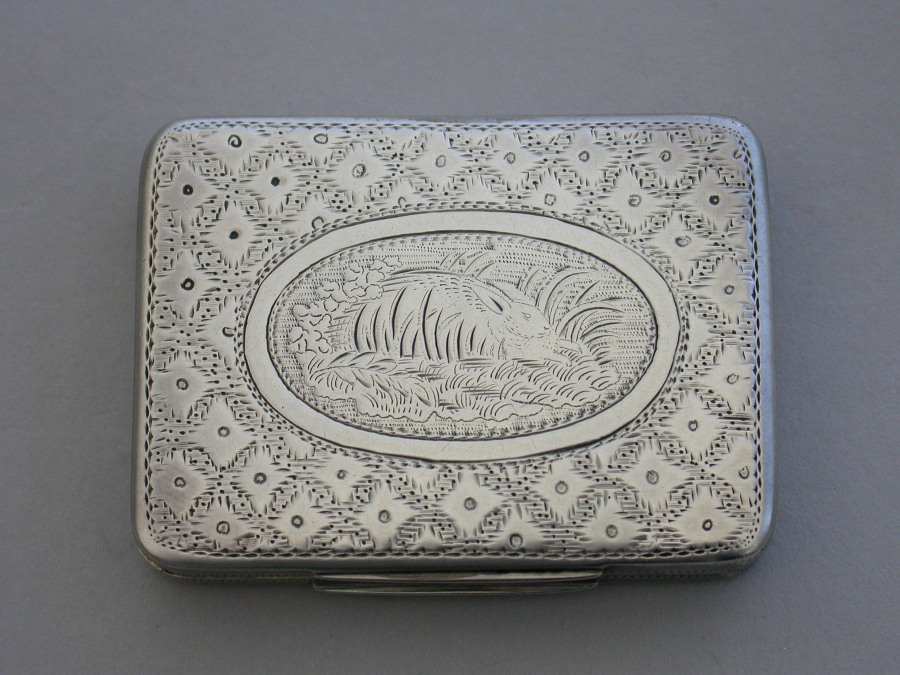
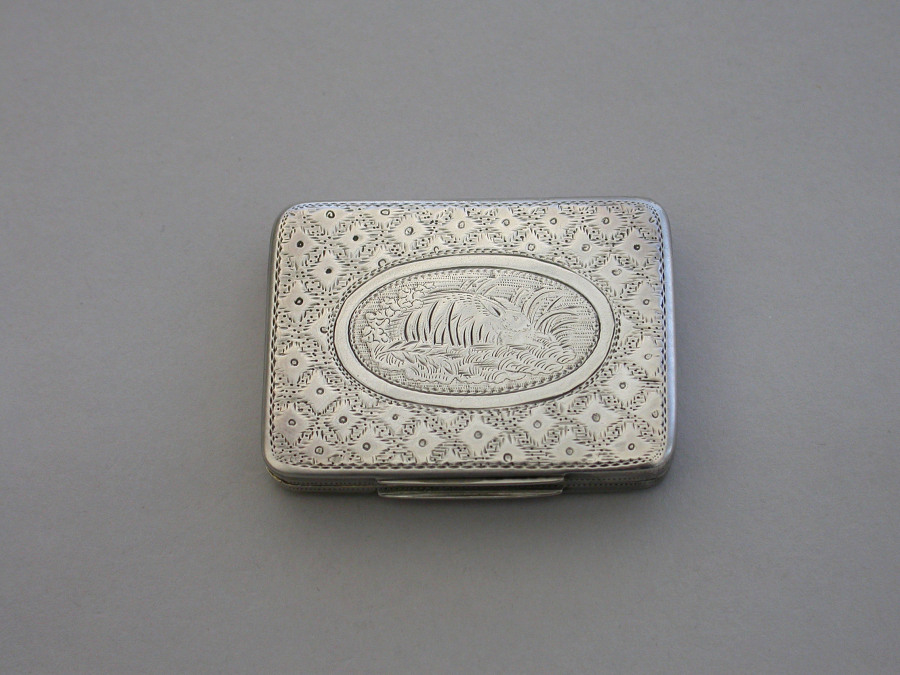
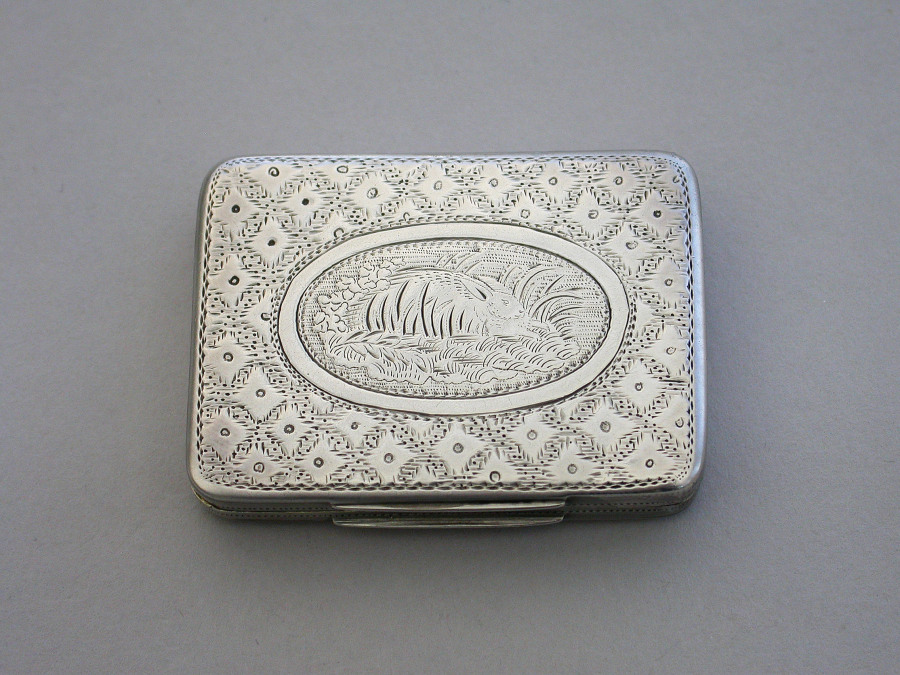
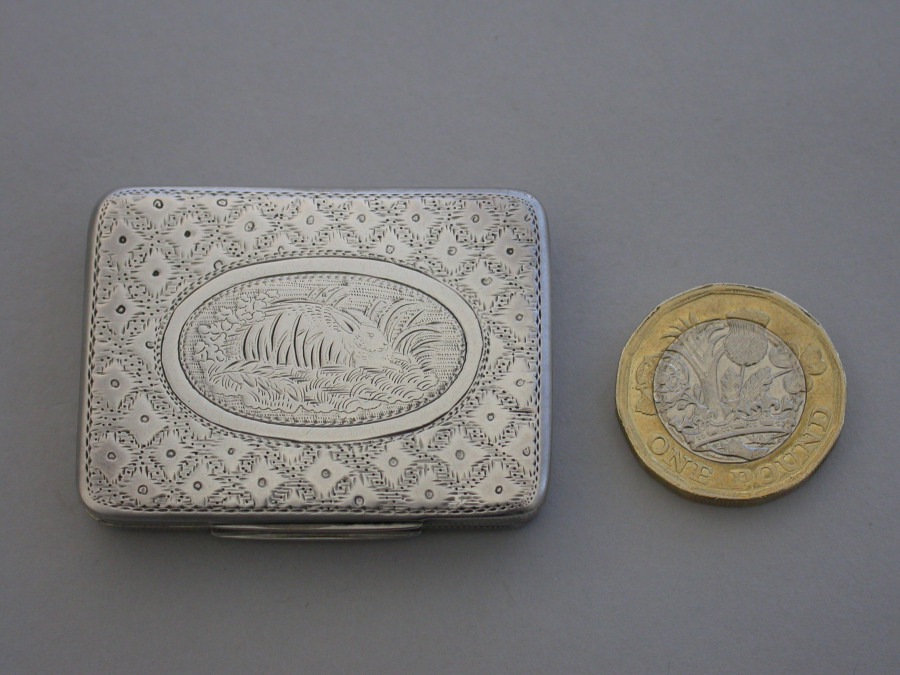
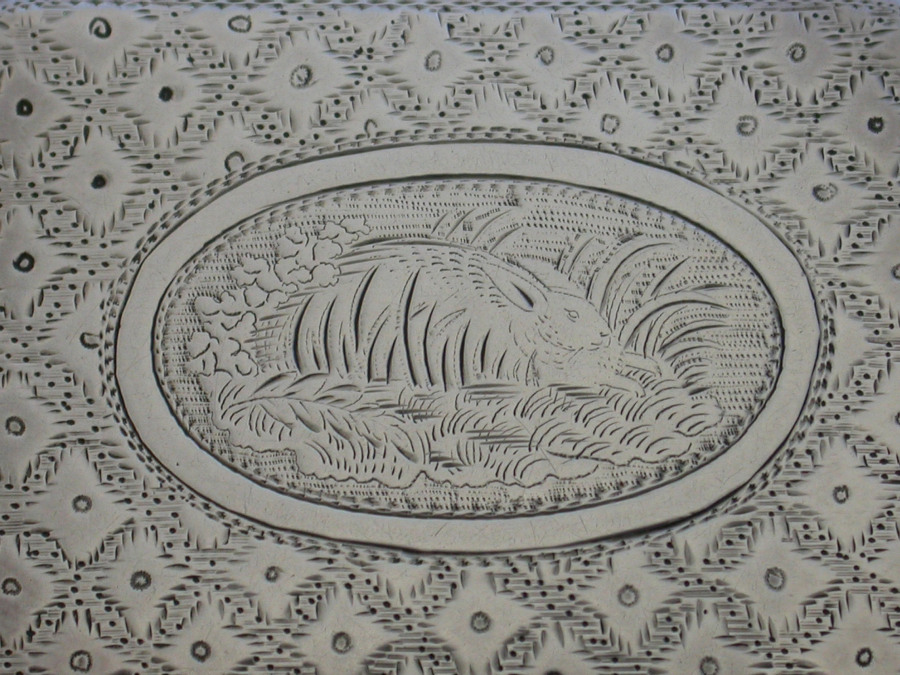
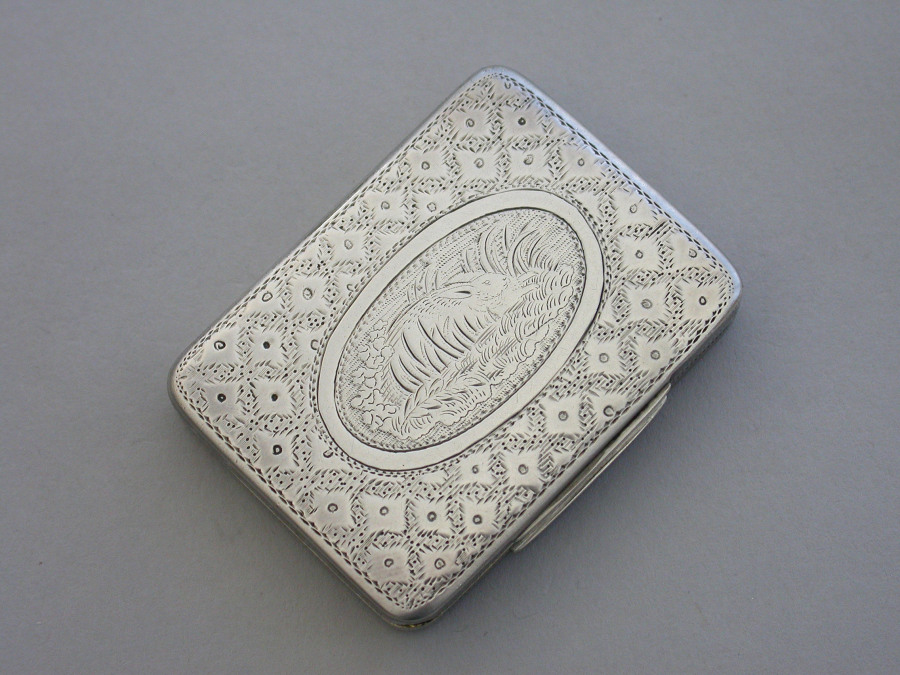
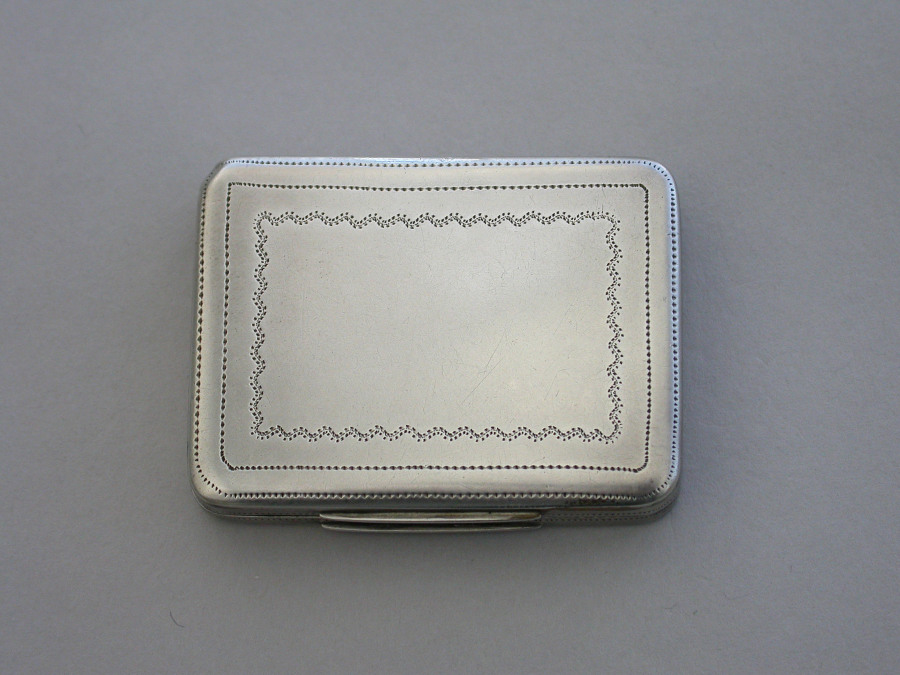

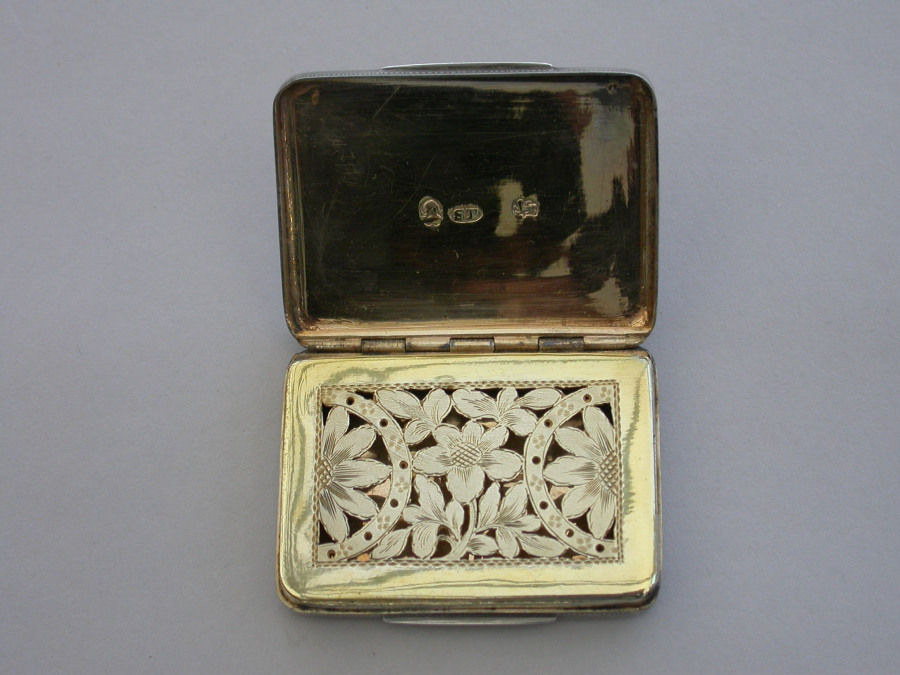
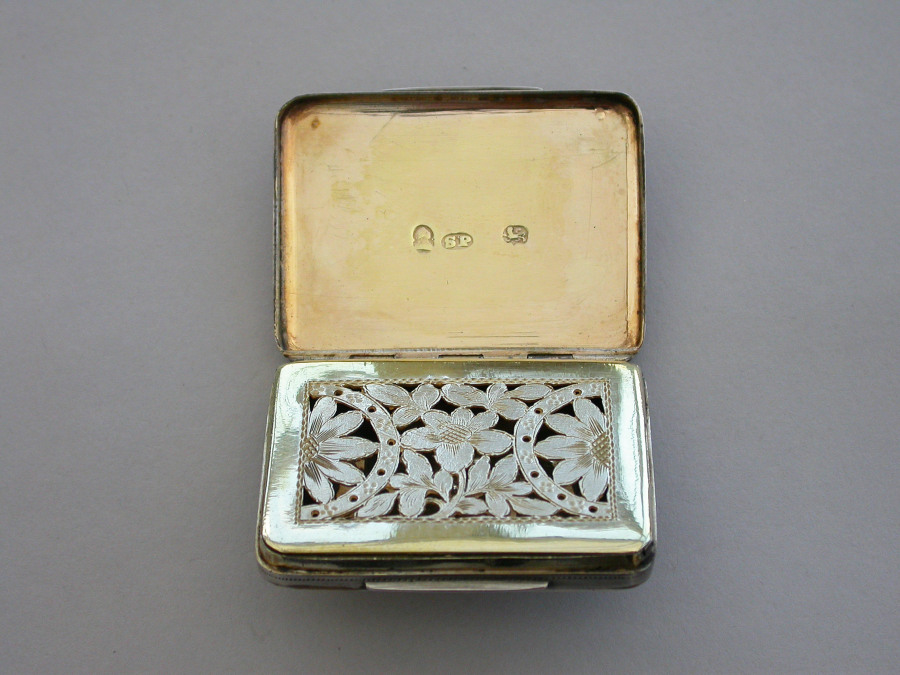

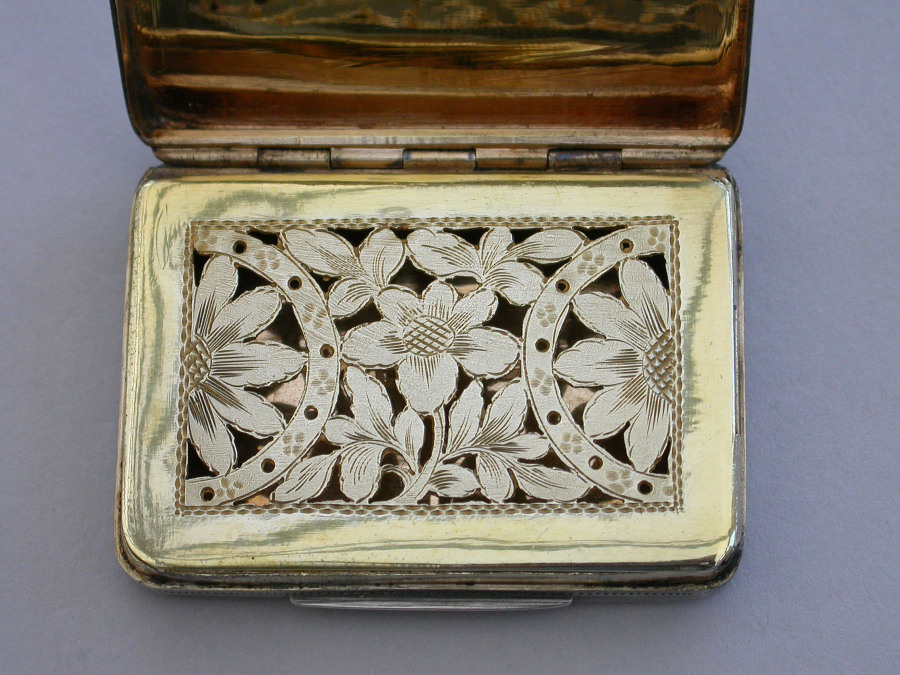
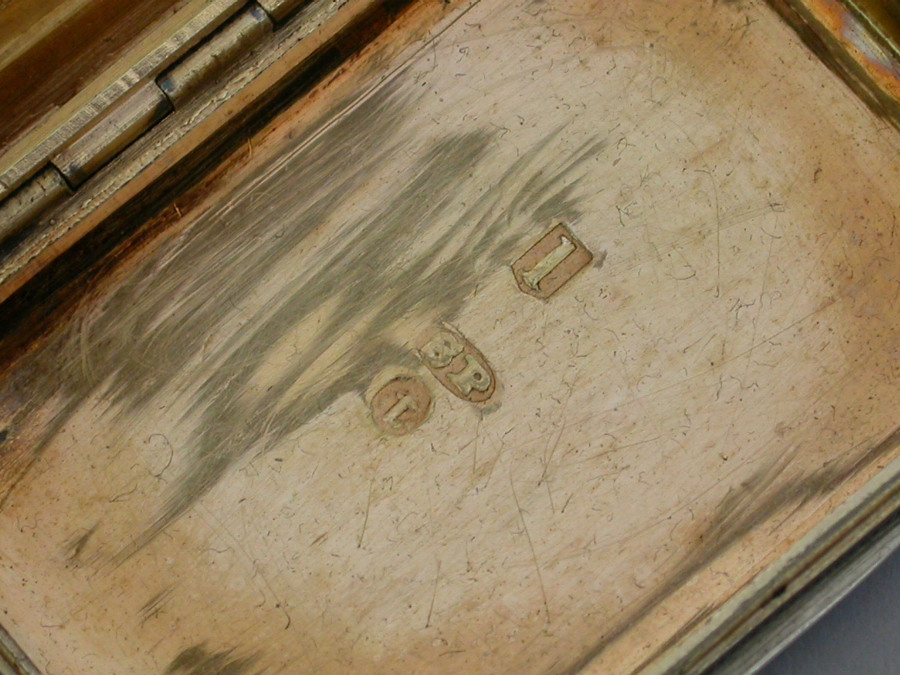

A rare large George III silver Vinaigrette of flat rectangular form, the lid with oval plaque hand engraved with the 'Hare in Reeds' (designed by Thomas Bewick), surrounded by paterae. The silver gilt grille pierced with central flower head and foliage.
By Samuel Pemberton, Birmingham, 1809
Sold - P.O.A.
Condition
In good condition with no damage or repair
Dimensions
H
8 mm
(0.31 inches)
W
47 mm
(1.85 inches)
D
37 mm
(1.46 inches)
Weight
31.50 Grams
(1.01 troy ounces)
Country
England
Stock Code
MSC54
Medium
Silver
Literature
Thomas Bewick (c. 11 August 1753 – 8 November 1828) was an English engraver and natural history author. Early in his career he took on all kinds of work such as engraving cutlery, making the wood blocks for advertisements, and illustrating children's books. He gradually turned to illustrating, writing and publishing his own books, gaining an adult audience for the fine illustrations in A History of Quadrupeds.
His career began when he was apprenticed to engraver Ralph Beilby in Newcastle upon Tyne. He became a partner in the business and eventually took it over. Apprentices whom Bewick trained include John Anderson, Luke Clennell, and William Harvey, who in their turn became well known as painters and engravers.
Bewick is best known for his A History of British Birds, which is admired today mainly for its wood engravings, especially the small, sharply observed, and often humorous vignettes known as tail-pieces. The book was the forerunner of all modern field guides. He notably illustrated editions of Aesop's Fables throughout his life.
He is credited with popularising a technical innovation in the printing of illustrations using wood. He adopted metal-engraving tools to cut hard boxwood across the grain, producing printing blocks that could be integrated with metal type, but were much more durable than traditional woodcuts. The result was high-quality illustration at a low price.
